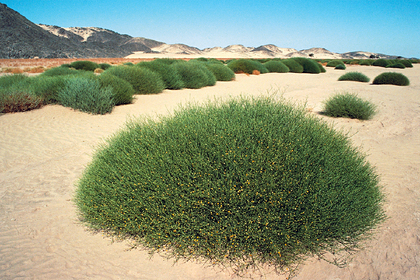
An international team of scientists has confirmed that much of the Sahara Desert was a vegetated landscape several thousand years ago. Experts cite periodic climatic changes as the reason for the appearance of the largest hot desert on Earth. This is reported in an article published in the journal Nature Geoscience.
Researchers analyzed sediment samples from the Mediterranean Sea that spanned the past 160,000 years and simulated climate change during this period. The layers of silt at the bottom of the sea contain the remains of plants growing on the African continent, as well as shells of ancient molluscs, which can be used to reconstruct climatic conditions in the past.
It turned out that small shifts in the Earth's orbit, as well as an increase and decrease in the volume of polar ice sheets, caused the alternation of wet phases with a large amount of precipitation and long periods of drought. Wet periods typically lasted five thousand years, and fertile conditions spanned from North Africa to the Mediterranean coast.
Climate change has brought about dramatic changes in the living conditions of people, which is likely the cause of large migrations in the Sahara region.

